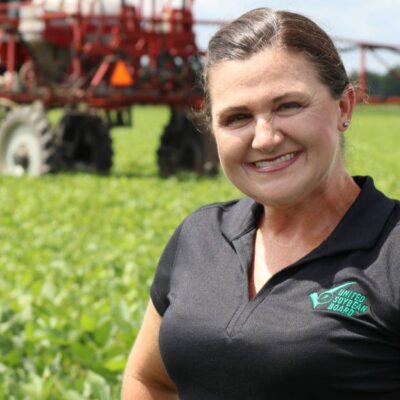
Fourth-generation Alabama farmer Wendy Yeager grows multiple crops on her 445-hectare family farm near Orrville, from soybeans to cotton. She describes herself as a front-line conservationist for whom sustainability is a way of life.
Read more
The new Rewind documentary series from Real Leather Stay Different. aims to provide some balance in the debate about the use of our land, fast fashion and our future.
Read more
At SIAL Paris, a leading international food trade show, U.S. Sustainability Alliance and its members shone a light on the sustainability of American food products, with an endorsement from the […]
Read more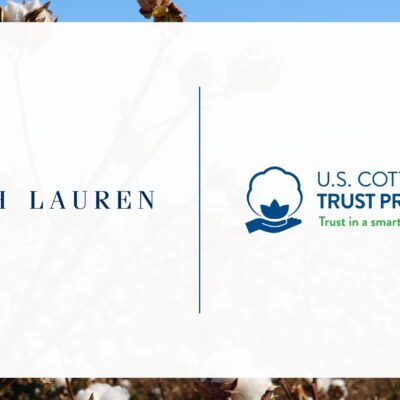
Luxury brand Ralph Lauren has joined the U.S. Cotton Trust Protocol, signalling its commitment to sourcing sustainable U.S. cotton. The company’s membership supports its Timeless by Design strategy to have […]
Read more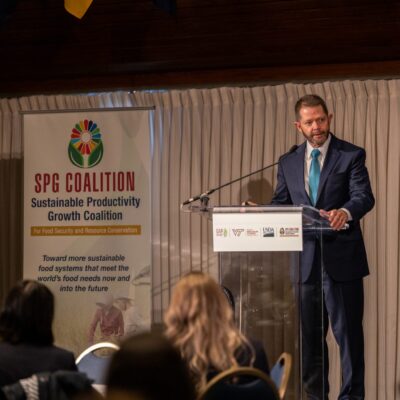
Global agricultural productivity growth is in decline, and current efforts to expand agriculture production to feed a growing global population are inadequate to deal with the challenges the world faces, […]
Read more
This October, food and beverage industry professionals will converge on Paris for the Salon International de l’Alimentation (SIAL) – the leading food trade show in France and one of the […]
Read more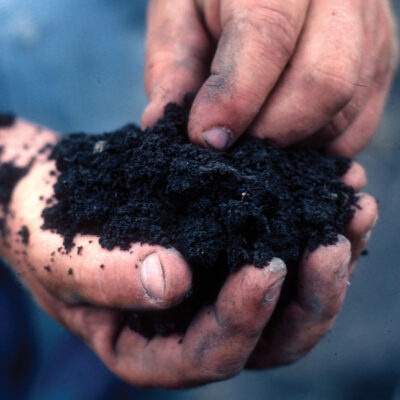
Soil carbon monitoring is set to receive an $8 million boost under plans from USDA’s Natural Resources Conservation Service (NRCS) to expand monitoring of carbon in soil on working agricultural […]
Read more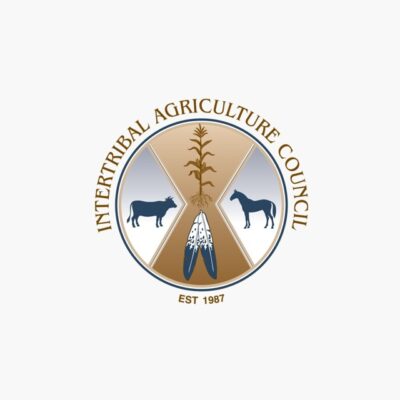
The Intertribal Agriculture Council (IAC), representing U.S. agricultural producers across 574 federally recognized American Indian tribes and Alaska Native Villages, has joined the U.S. Sustainability Alliance (USSA). This brings USSA’s […]
Read more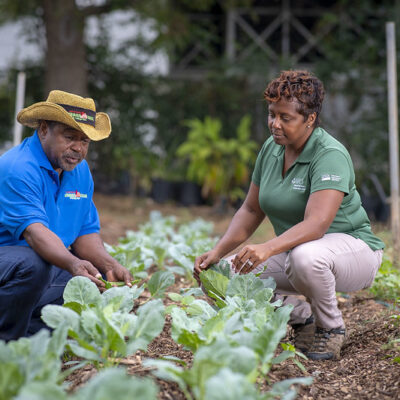
The Organic Trade Association (OTA) and Black Farmers Index, the largest public listing of black agriculturalists in the U.S., have joined forces to diversify organic agribusiness, a large and growing industry in […]
Read more
Organizations across the agriculture value chain are focusing greater attention on the climate crisis, according to the latest Climate Compendium from Field to Market: The Alliance for Sustainable Agriculture™. The […]
Read more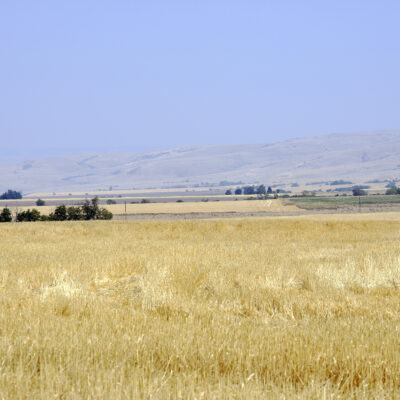
Kevin Hudson, a Field to Market: The Alliance for Sustainable Agriculture spotlight honoree, is a Tribal Farm Manager for the Confederated Tribes of the Umatilla Indian Reservation (CTUIR) in Pendleton, Oregon. […]
Read more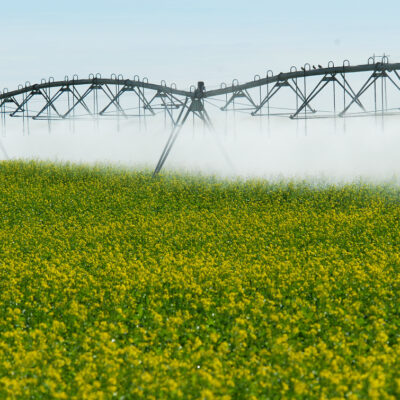
Seventy climate-smart projects have been selected to receive an investment totalling $2.8 billion under USDA’s Partnerships for Climate-Smart Commodities program. Projects identified in this first round of funding are diverse […]
Read more